This section is my attempt to causally catalog both formal and informal China Marine portraits. Whether taken in a studio setting or by an itinerant photographer outside their barracks, many Marines documented their China cruise with at least one photograph. Here is but a random sample of their efforts. The earliest images I have are in the cabinet card format dating from the turn of the century. Mounted on 4 1/2” X 6 1/2” cardboard stock these usually display the name of the photographer and/or his studio. Taken by established photo studio’s specializing in portrait photography, these tend to be well composed and of high quality that show minimum of fading over the years. Furthermore during the early part of the twentieth century it was not uncommon for Navy ships to contract a photographer to come to the ship to take both ship’s crew photos and individual pictures. Although, studio images remained popular throughout this period, around 1908-10 picture postcard (PPC) made their presence with the China Marines. Un-mounted on any type of backing these must have been cheap to produce. It is during these years you start to see Marines gathering number of images recording their daily activities and sights they observed. Many times a single Marine might photograph an event and reproduce a number of copies utilizing the PPC format. Along-side the PPC, images printed on paper (like what we have today) gained popularity. They fall into two categories: small private images taken by a box brownie or similar camera (These tended to increase in size the farther into the Twentieth Century we get) and larger studio portraits. Studio images taken in China after 1914 in general are mounted in a similar fashion to comtemporary western images (i.e. found in a protective sleeve like booklet), but with more elaborate designs or framing bordering the image.

Pvt Lawrence Seckel. Company A, 5th Marine Battalion. c1900. Arriving near the end of August 1900, Seckel’s unit was based in Tientsin, China for mopping up actions and securing lines of communication following the relief of Peking.
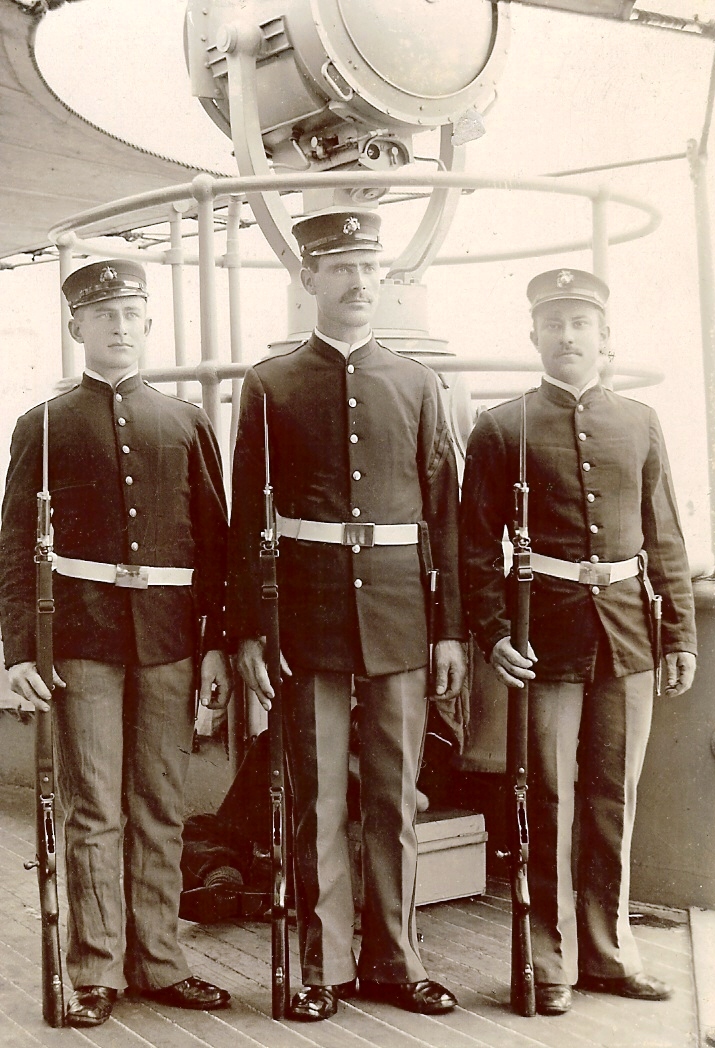
Unknown. c. 1899-1901. Hong Kong photographic studio. These three Boxer-era seagoing Marines are armed with 1895 Winchester-Lee rifles.
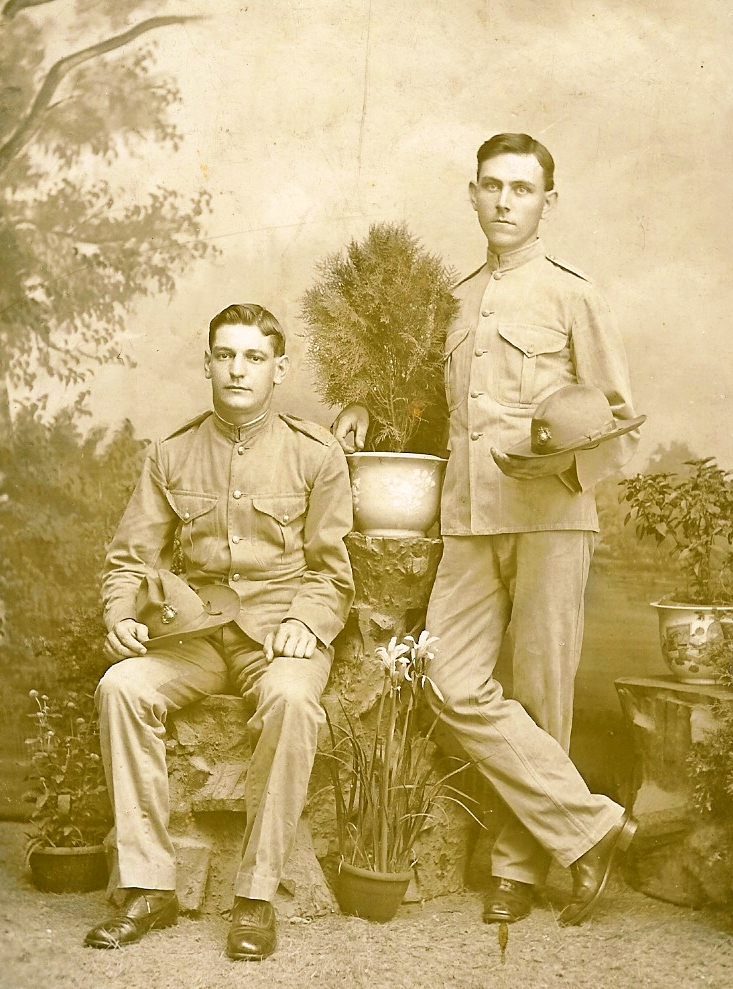
Unknown. Two seagoing Marines, c. 1900-05. Shanghai Studio. Cabinet Card format.
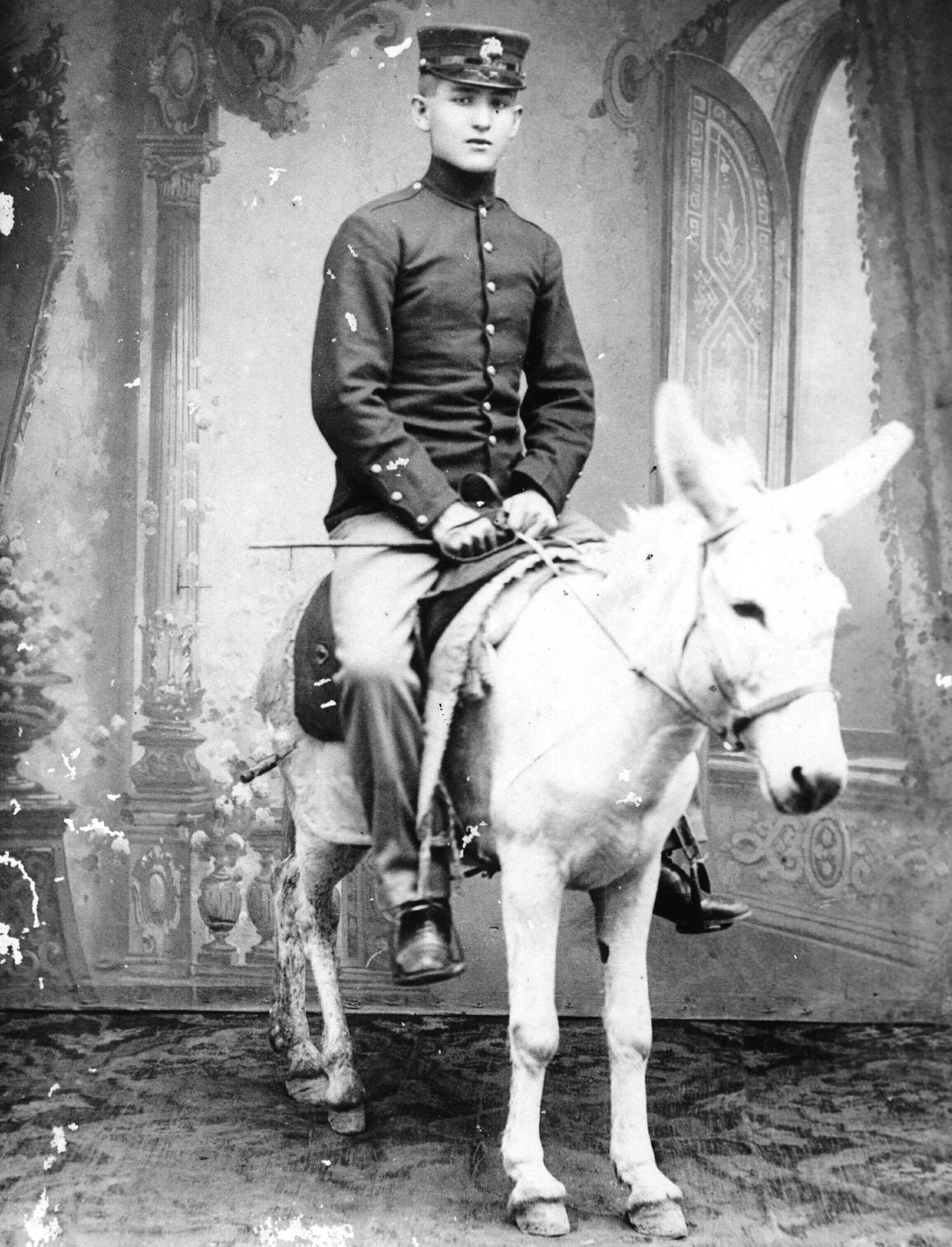
Pvt Powell A. Smith c 1905-06. Smith was one of the original Legation Guard Marines that assumed duty in Peking, early September 1905. The mule he sits upon could have been left by the US 9th Infantry when they turned the post over to the Marines. (Photo courtesy of the Powell A. Smith Family Collection)
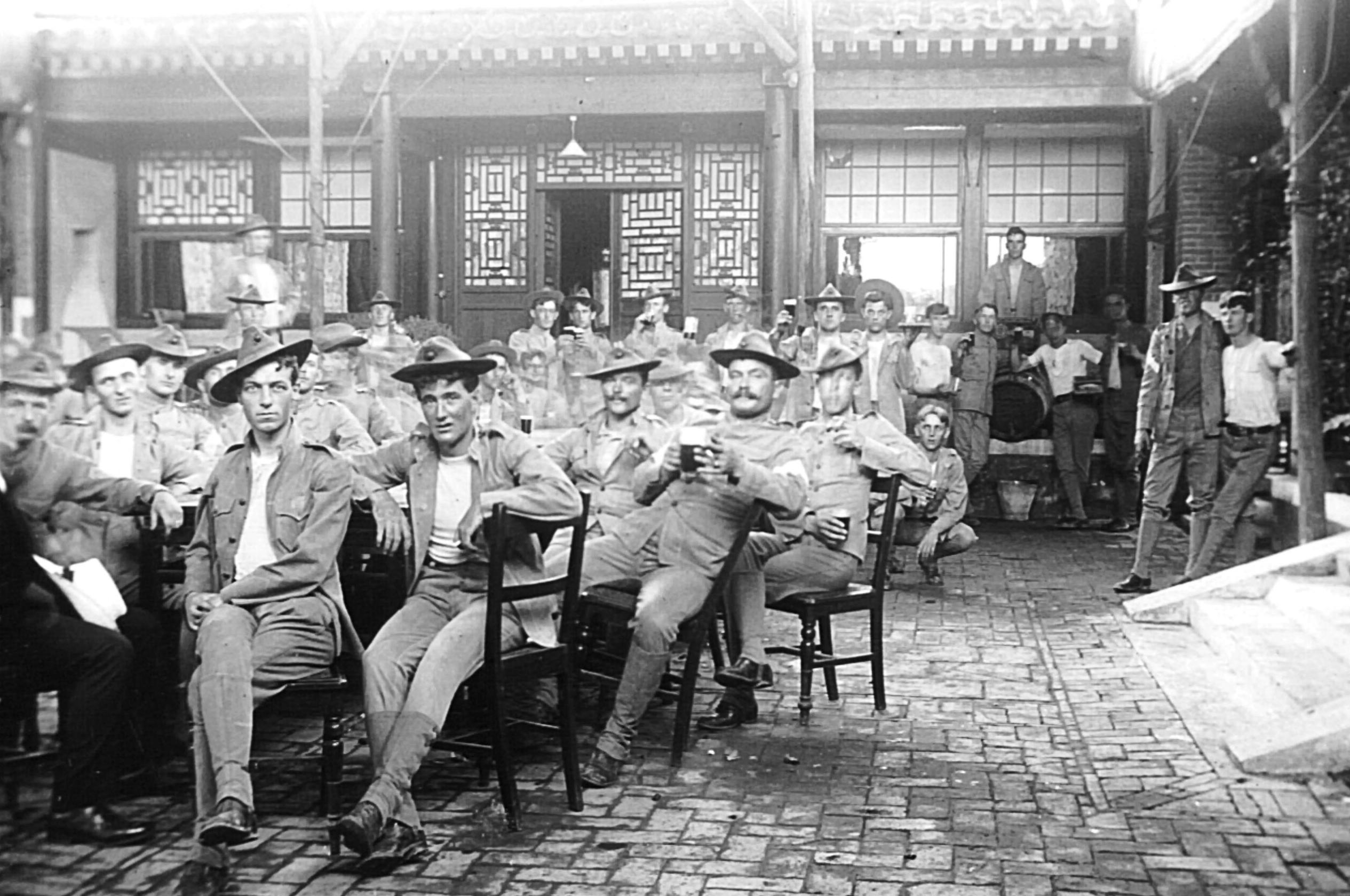
Marine Legation Guards pose for a relaxed picture at a bar in Peking, c. 1905-06. These men were the initial cadre that assumed guard duty after the Marines replaced the 9th US Infantry (Photo courtesy of the Powell A. Smith Family Collection)

Marine Detachment, c. 1900-05. Unknown ship. Shanghai, China. Group photographs of a ship’s sailors or Marine detachment were popular items throughout the entire China Marine period.
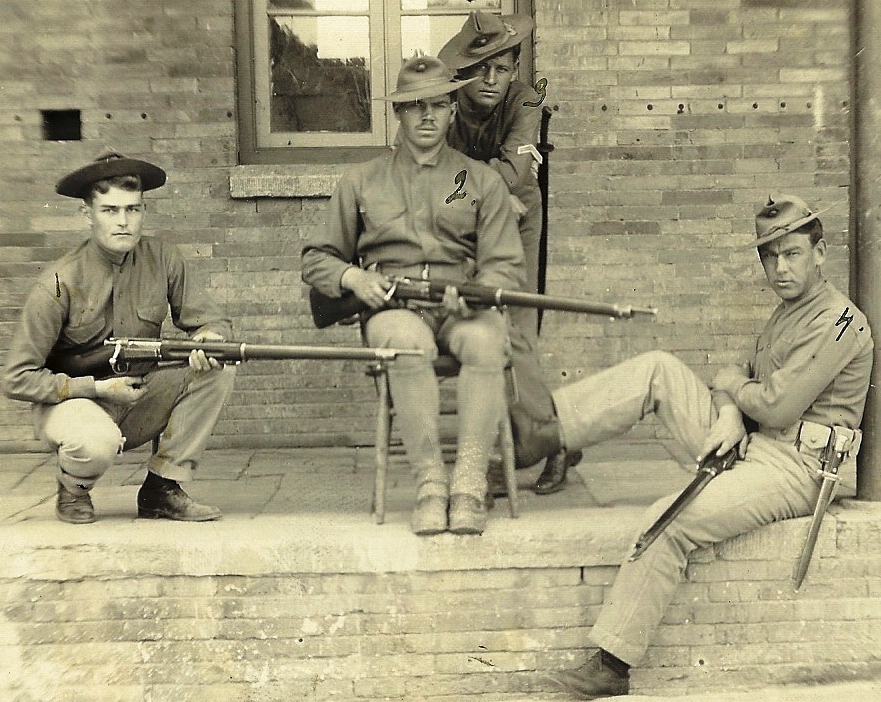
An informal portrait of Krag armed Marines relaxing outside the company offices, c. 1907-08. Left to right they are Pvt Charles Scott, Pvt John Bigham, Cpl J.T. Carlton and Pvt E.F. Osborne. Photo courtesy of the Link family.
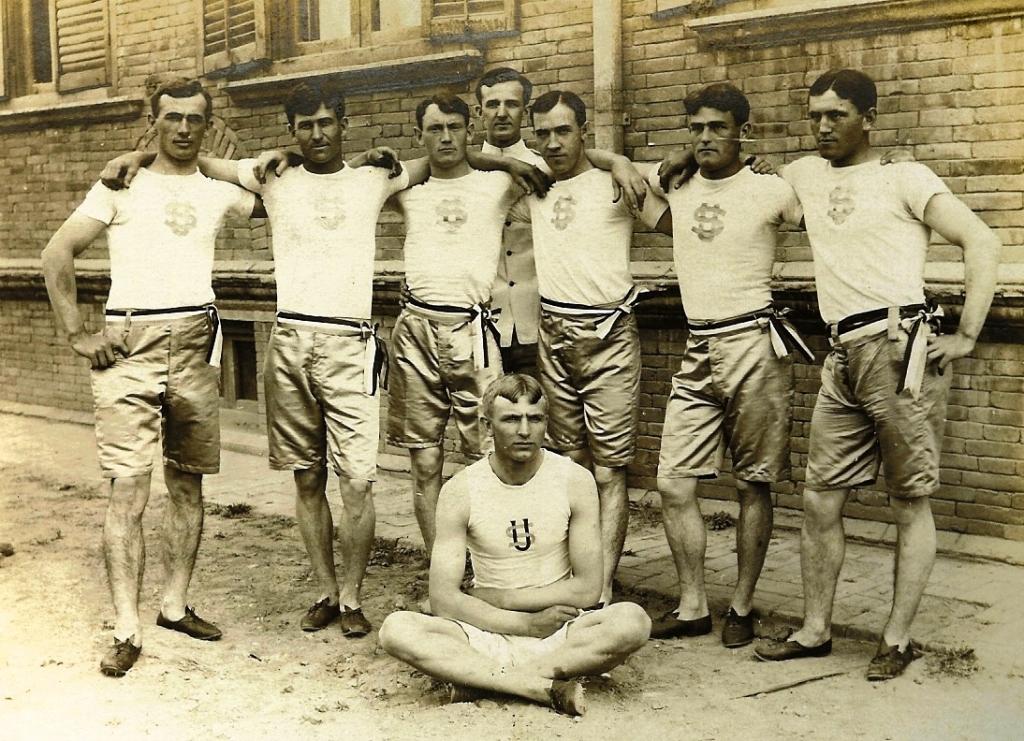
A very early image of Marine Athletes, Peking c. 1907-8. This image was probably taken to commemorate the American Legation team in the Peking Guards Annual International Sports Competition.

Rickshaw photograph. An unknown Marine has his portrait taken while sitting in a rickshaw, prior to 1912. I believe the location is Peking. For some reason, Westerners were fascinated with the rickshaw as a method of transportation, and almost always had their photos taken sitting in one.

I believe this is Pvt Thomas Flavin. c. 1910-12. Peking. Flavin was part of the international relief force that liberated the foreign legations in Peking, August of 1900. He is also a Samar Island veteran. He returned to China duty in 1910. A life-long private, he would be promoted to Sergeant shortly before he retired in 1914.
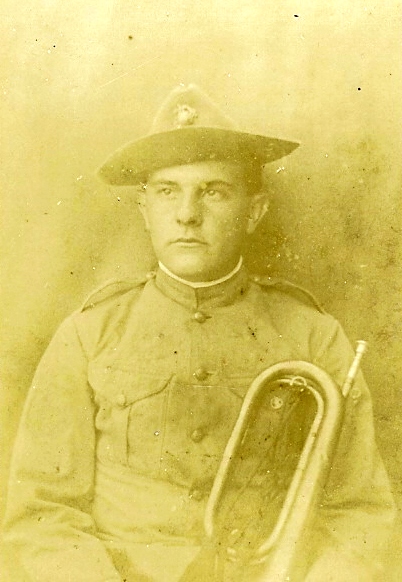
Pvt Walter Walker. June 1904. Walker was part of a Legation Guard rushed to Korea via the USS Zarfiro. He remained in Korea from January until December of that year.
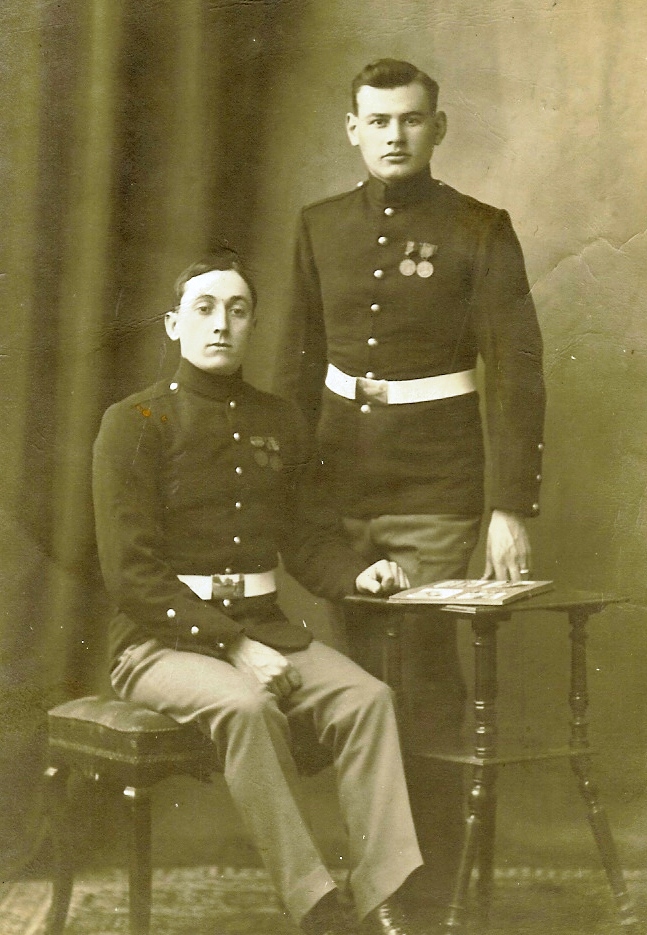
Privates Charley Scott and Ray Ide, c. 1910-12. Peking

Unknown. c.1913-15. This Marine poses in front of the Legation Guard Armory. Note the fingers of his glove have been removed to allow him to maintain a better grip on a rifle.

Pvt Arthur Coffee. c. February 1913. Coffee posed for this picture shortly after receiving his Expert Rifleman’s badge. Peking

Seagoing Marine Pvt Harry Mason. c. 1913.A member of the Marine Detachment, USS Cincinnati. Note Mason’s newly awarded Marksman badge.
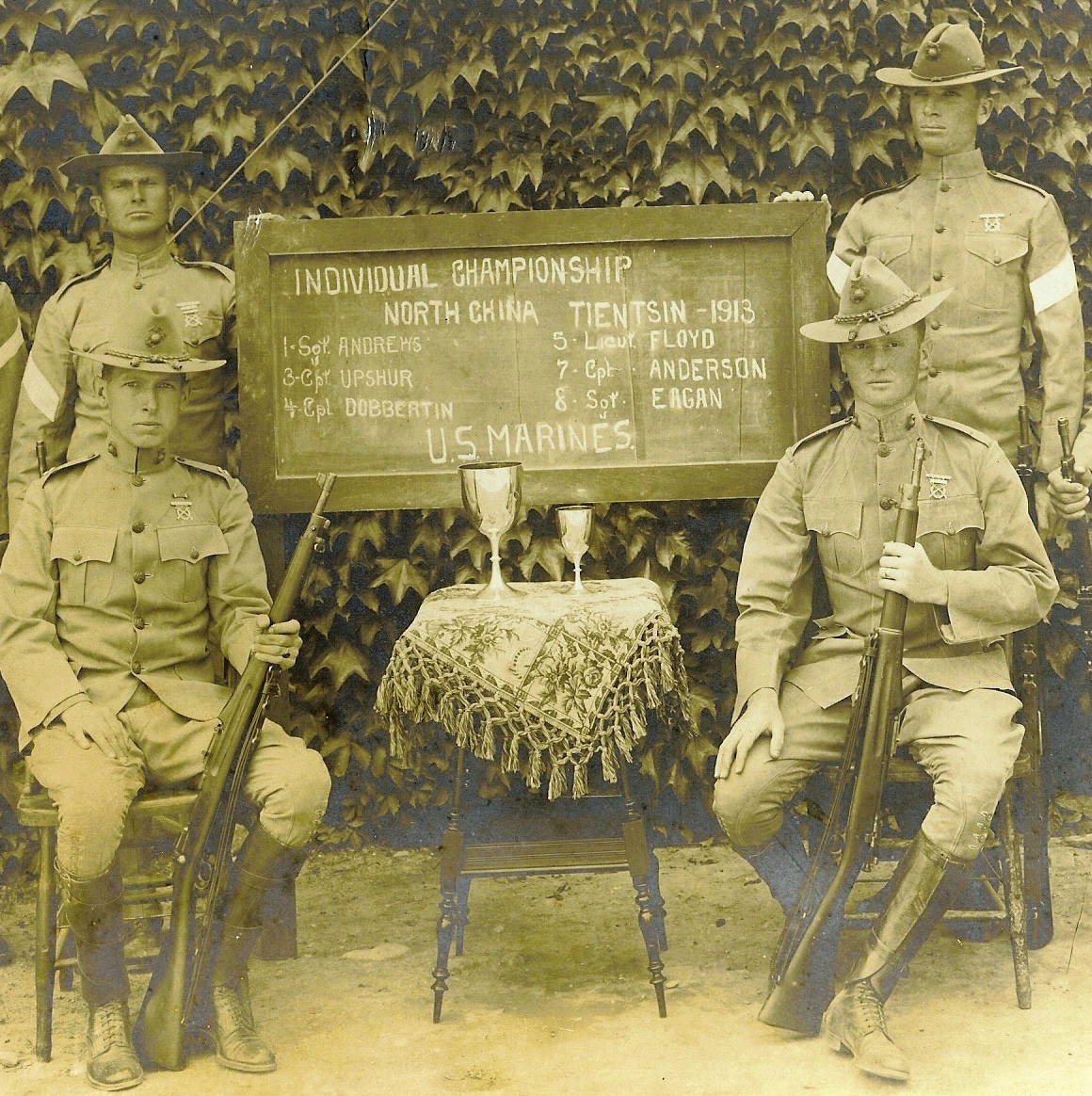
The winning team of the 1913 North China International Marksman Championship
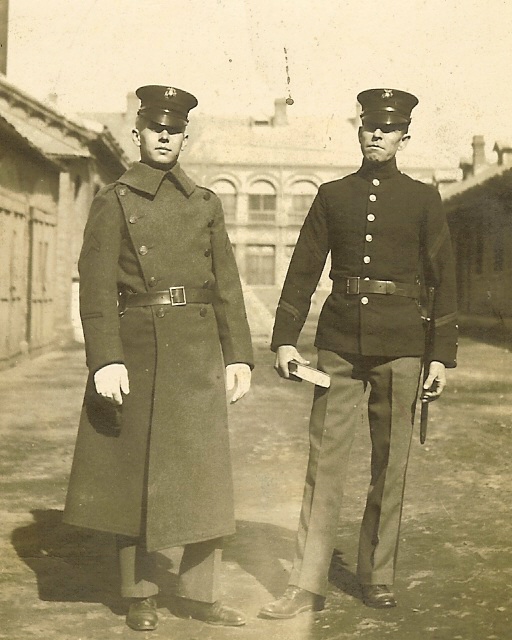
Corporals Frank Richards (l) and G. Frank Clark (r). c. winter 1915. Peking. Frank Clark, a lifer, would die in China of cancer in 1928.
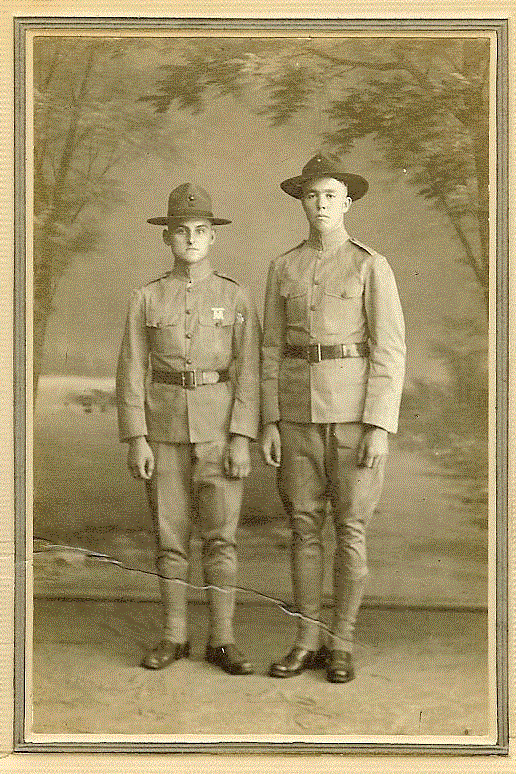
Two unidentified Legation Guard Marines, c. 1918. Note these two men are wearing company numbers on their "Montana" peaked field hats. This was a common practice at the Legation between 1914 and 1919. Photo taken at a Peking photo studio.

Unknown. c. 1914-1920. Shanghai studio.
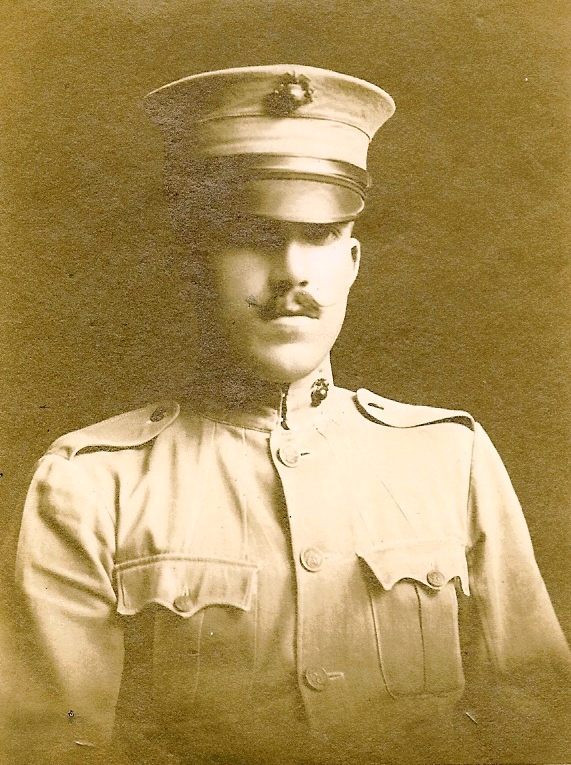
Unknown. c. 1920-23. Taken at a Hankow photo studio. Only larger gun boats and cruisers got up river that far so we can assume this man was part of a seagoing Marine detachment.

Pvt Richard Brown, c. September 1923. Peking.

Lt Davis, Hsin Ho Rifle Range, 1927
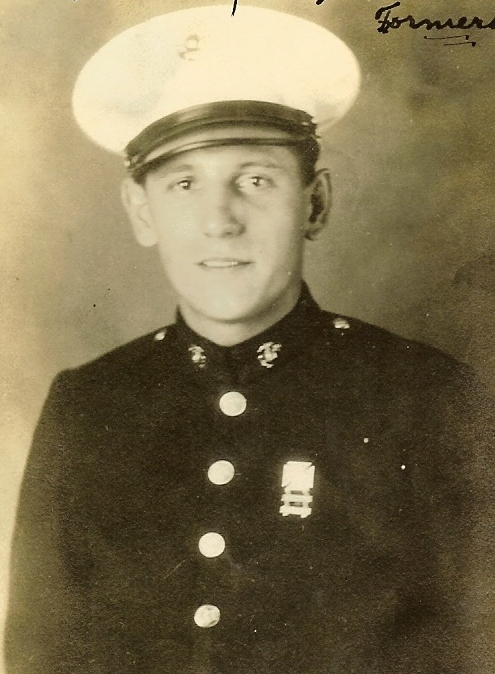
Pvt Emil Bock, 62nd Company, Peking. c 1930
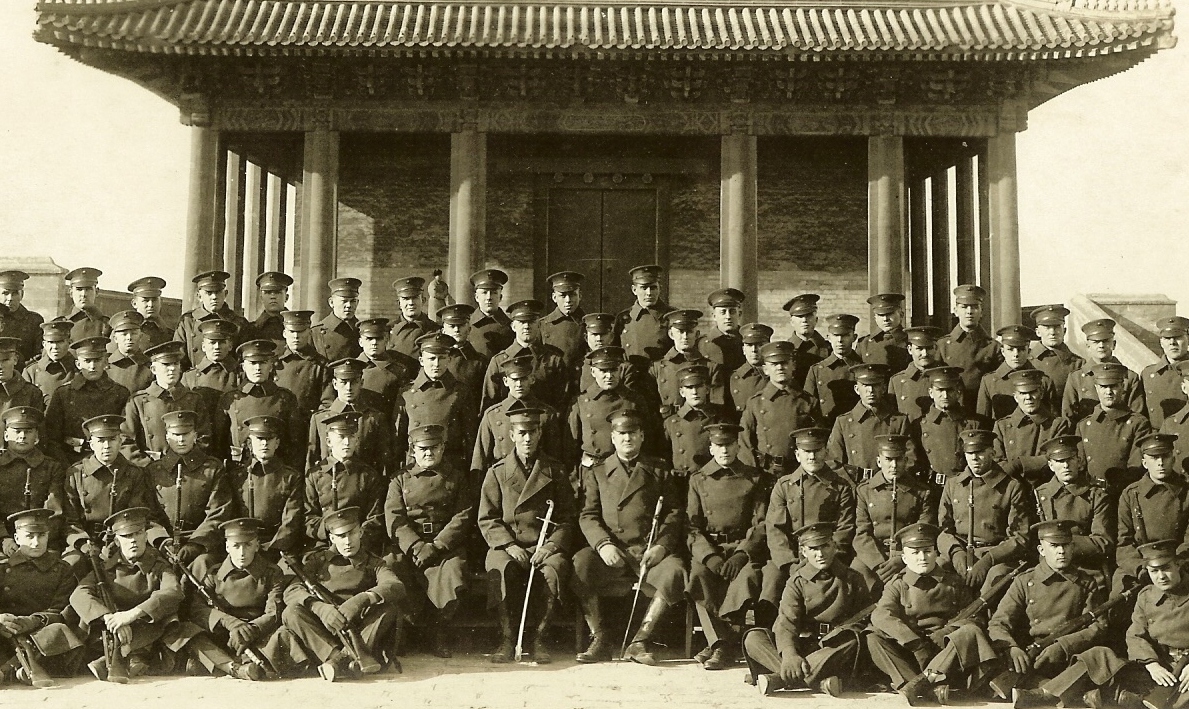
A detail from a formal group portrait of the men of the Casual Company, Peking, c. 1925. Such portraits were made both for individual purchase and for reproduction in Guard Annuals and Fourth Marine Annuals. This photo was taken by the Hartung Studio, Peking
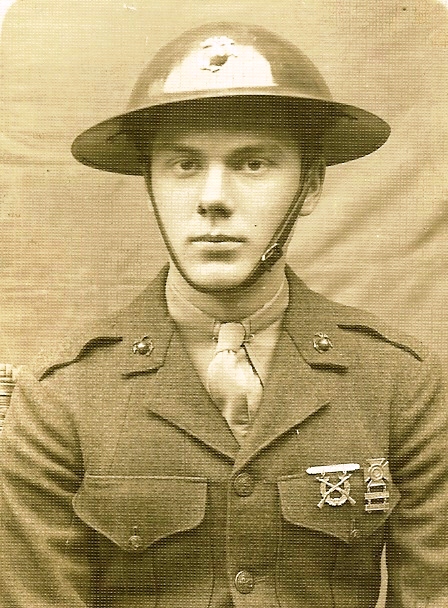
Unknown. This still unidentified 4th Marine was photographed for the 1932-33 4th Marine Annual. This man was a member of D Company, 1st Battalion. The image was from a series of pictures taken by the Belkin Studio in Shanghai.
Belkin made individual images of the 1932 4th Marines available in different sizes, finishes and could colorize the image if desired
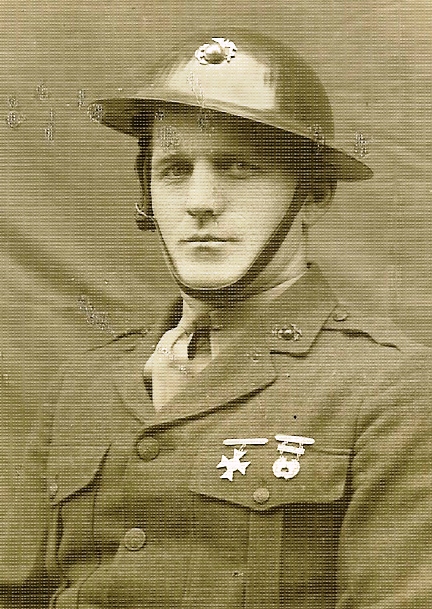
Unknown. Another Belkin made image of a D Company Marine
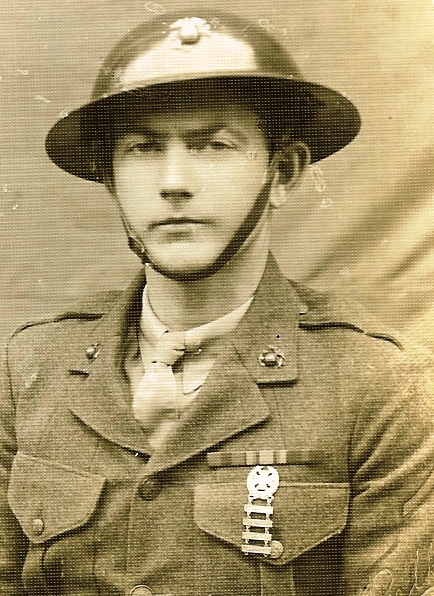
PFC John Hart, D Company 1st Battalion

1Sgt Howard Hudson, Co D 1st Bn, 4th Marines. 14 June, 1933. Colorized photo by Belkin Studio, Shanghai
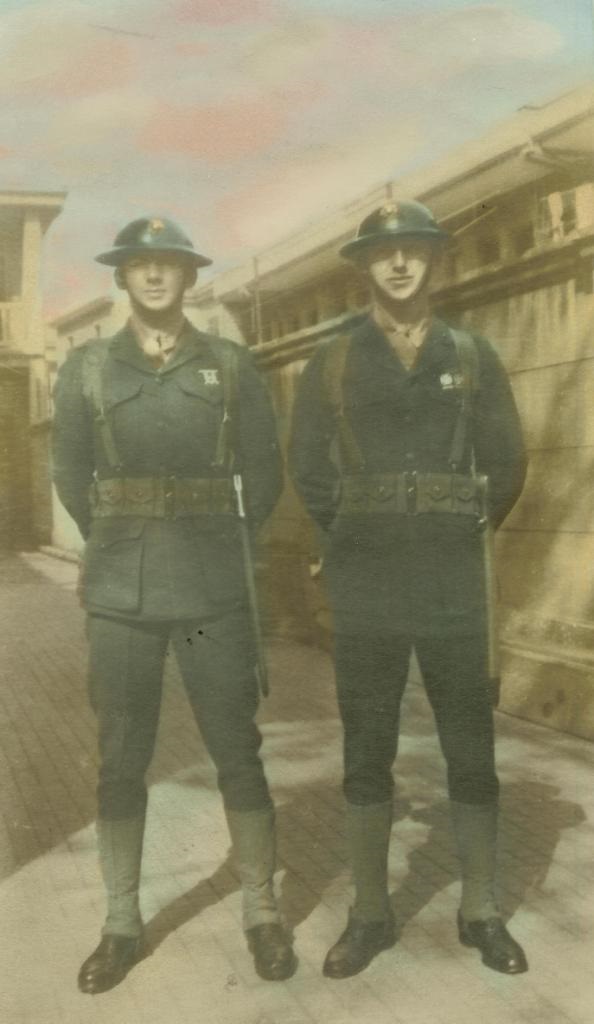
A colorized portrait of two 4th Marines, Shanghai. Unknown studio.
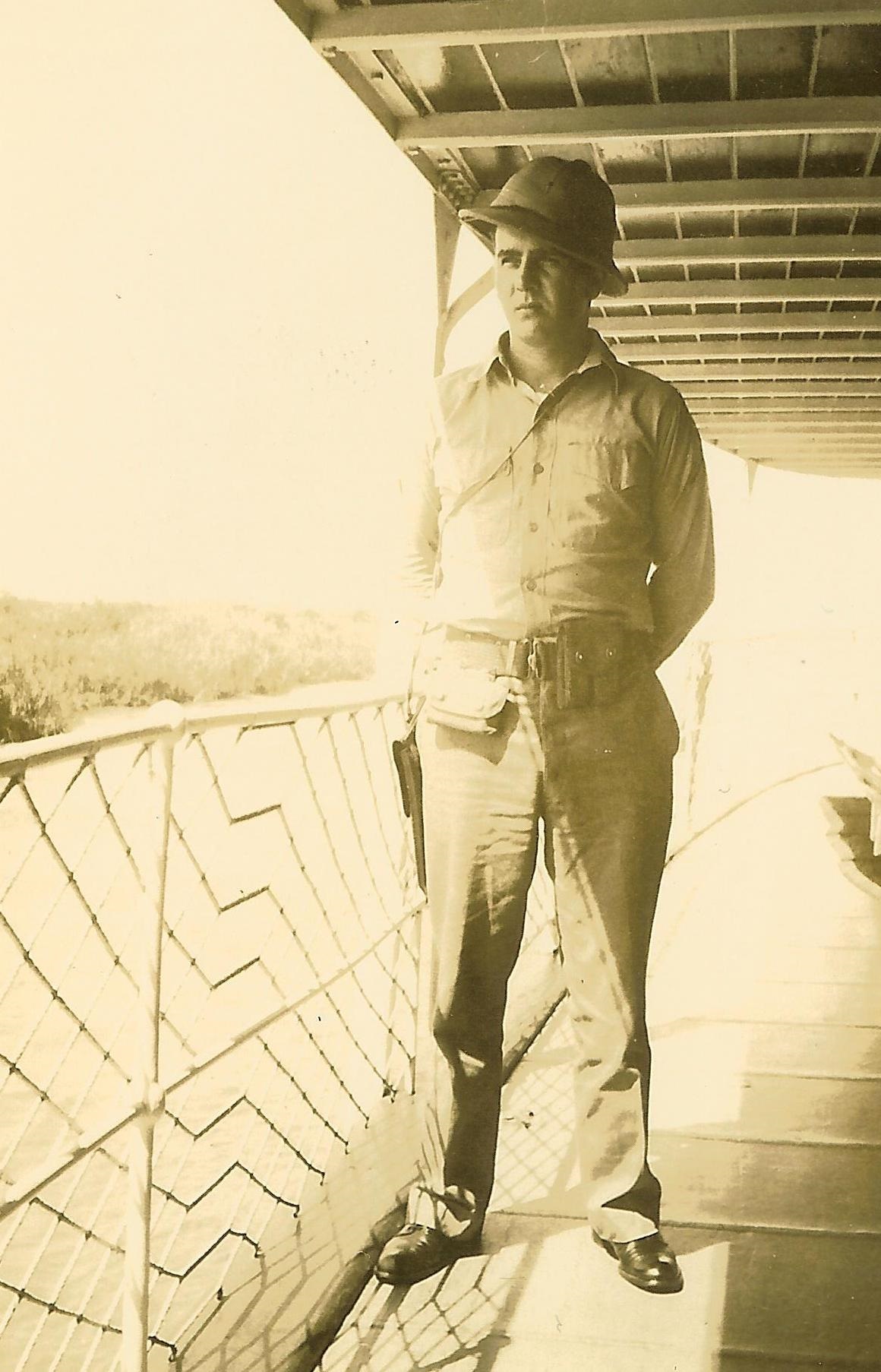
PFC George Mowerr serving as ship guard on the Yangtze River, mid 1930's. During this period small parties of armed Marines were assigned to guard American flagged ships on the river from bandit attacks.
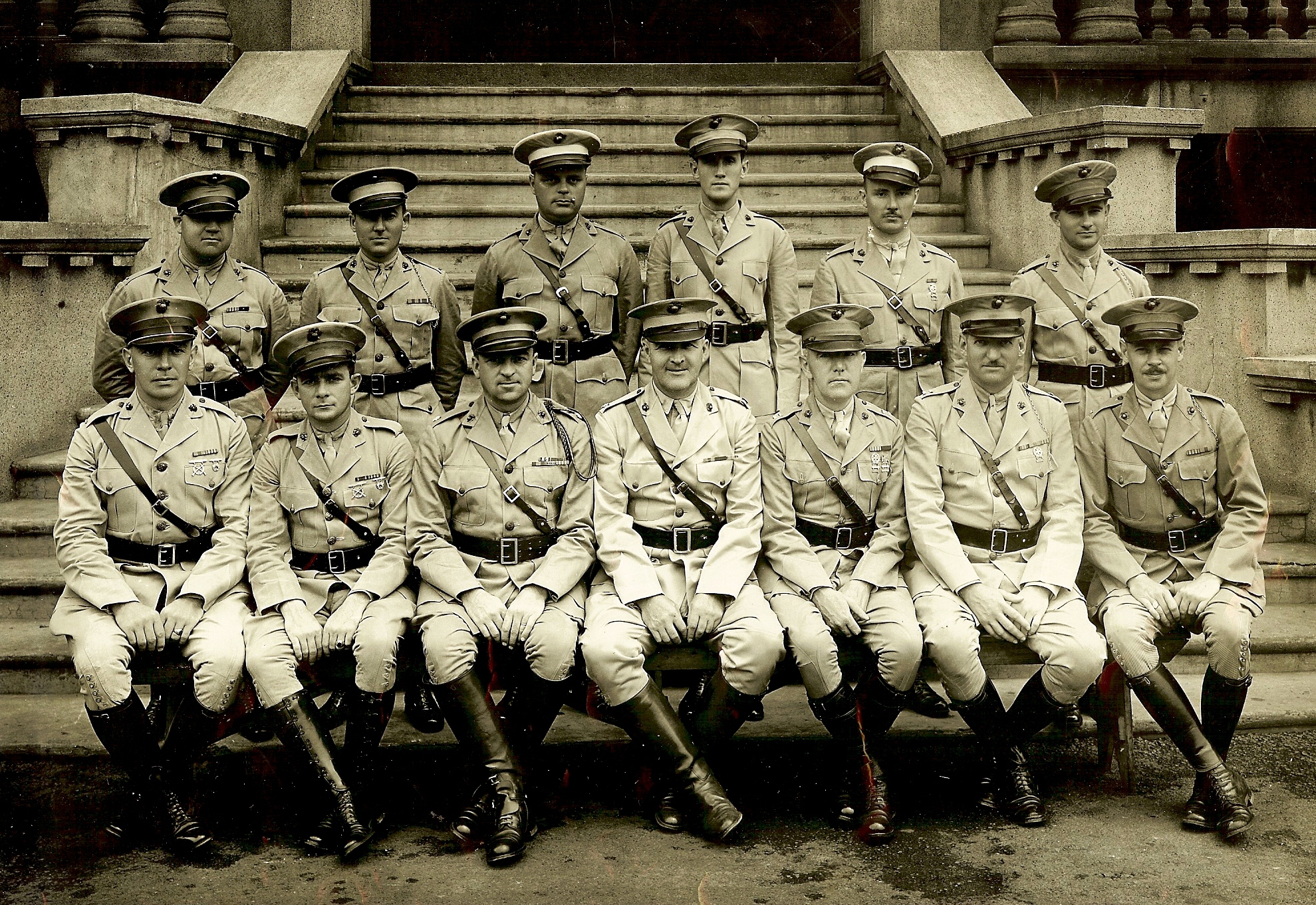
Officers of the 1st Battalion, 4th Marines. c 1934-35. Joseffa Photo Studio, Shanghai.
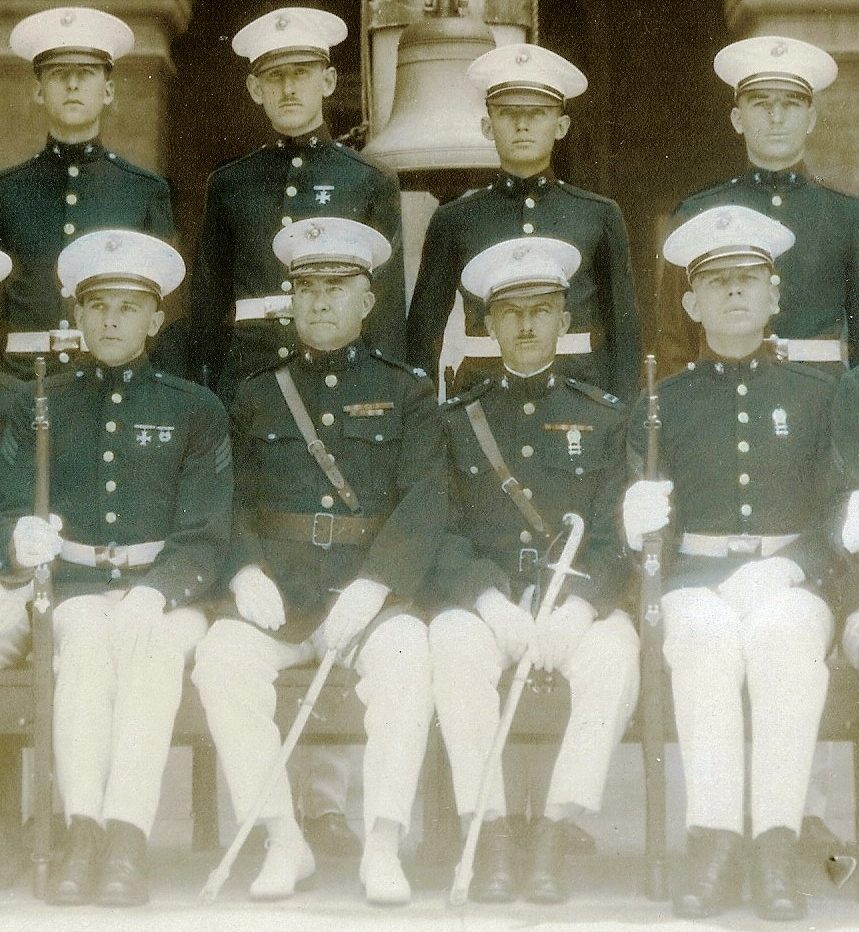
Detail from a colorized photo. Shanghai. Studio unknown
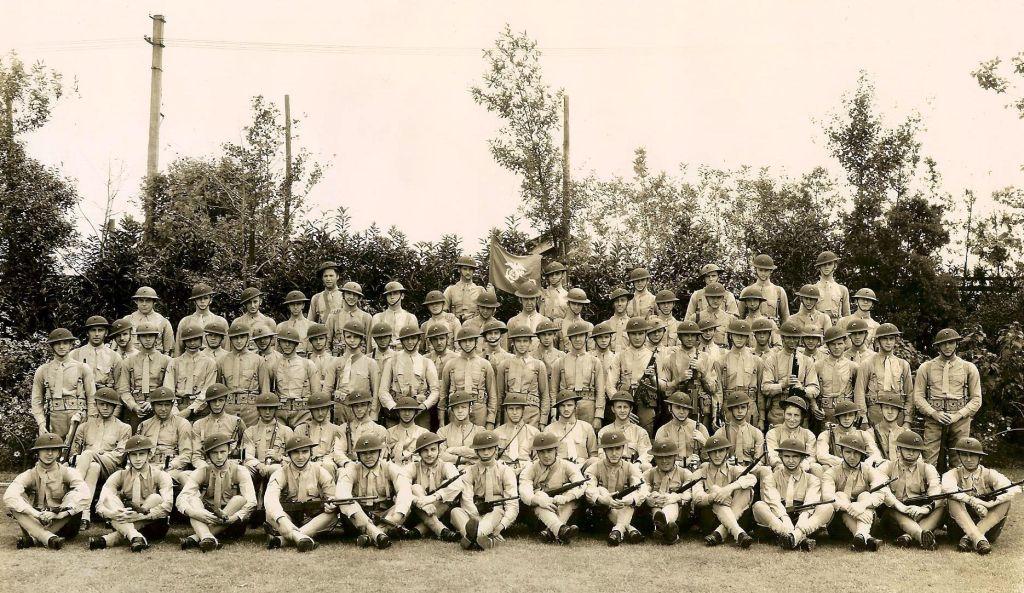
Company B, 1st Battalion, 4th Marines, Shanghai 1937. Shanghai photo studio

Unknown Seagoing Marine, Tsingtao, C. 1930's

Pvt Walter "Freddie" Lenkoski, Shanghai. c. mid-1930's
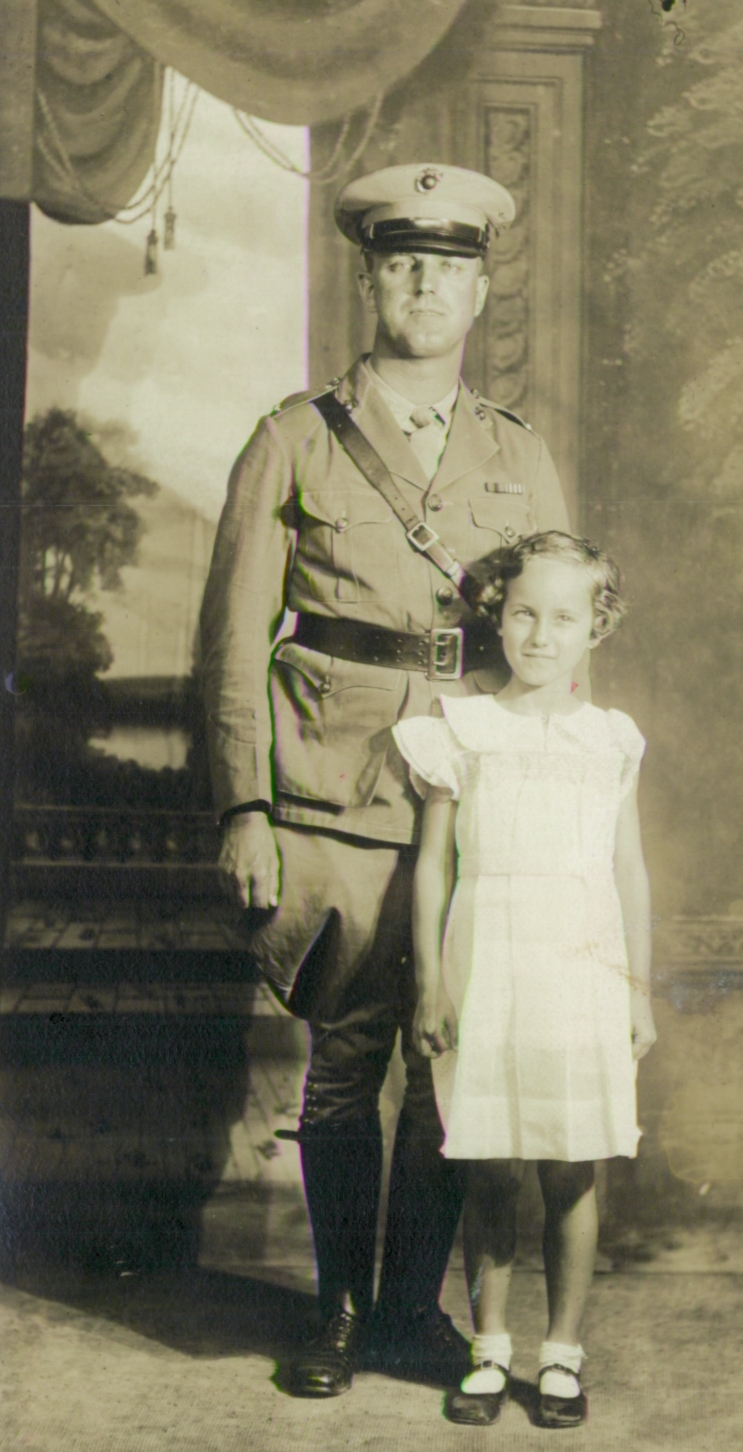
Lt Charles Chapel with his daughter Joanne. Photo courtsey of the Chapel Family Collection. Lt Chapel and his family lived in Shanghai 1933-35
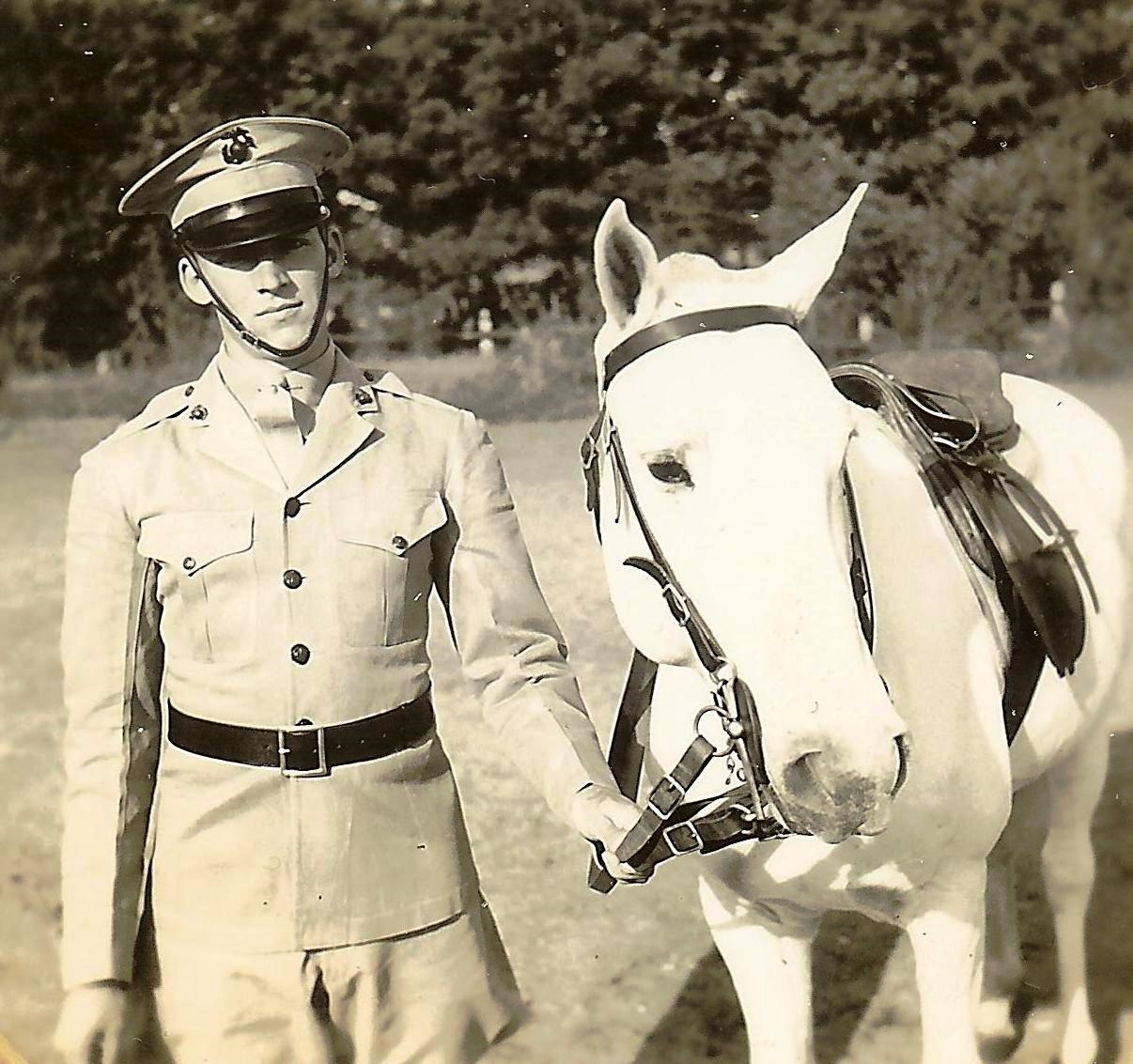
PVT Elwood Yeager and his horse "Telegram"
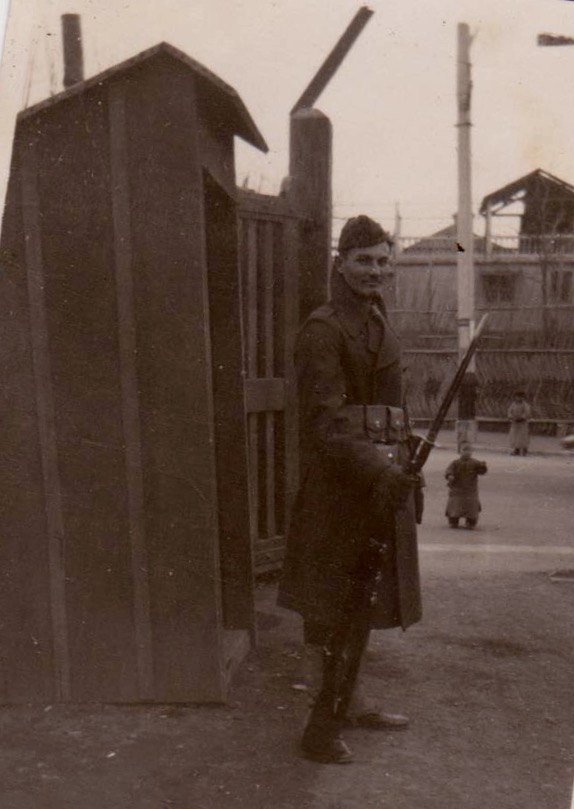
Pvt Rives J. Lopez on guard duty, Shanghai, c. 1938-39. Photo courtesy of the Lopez family.
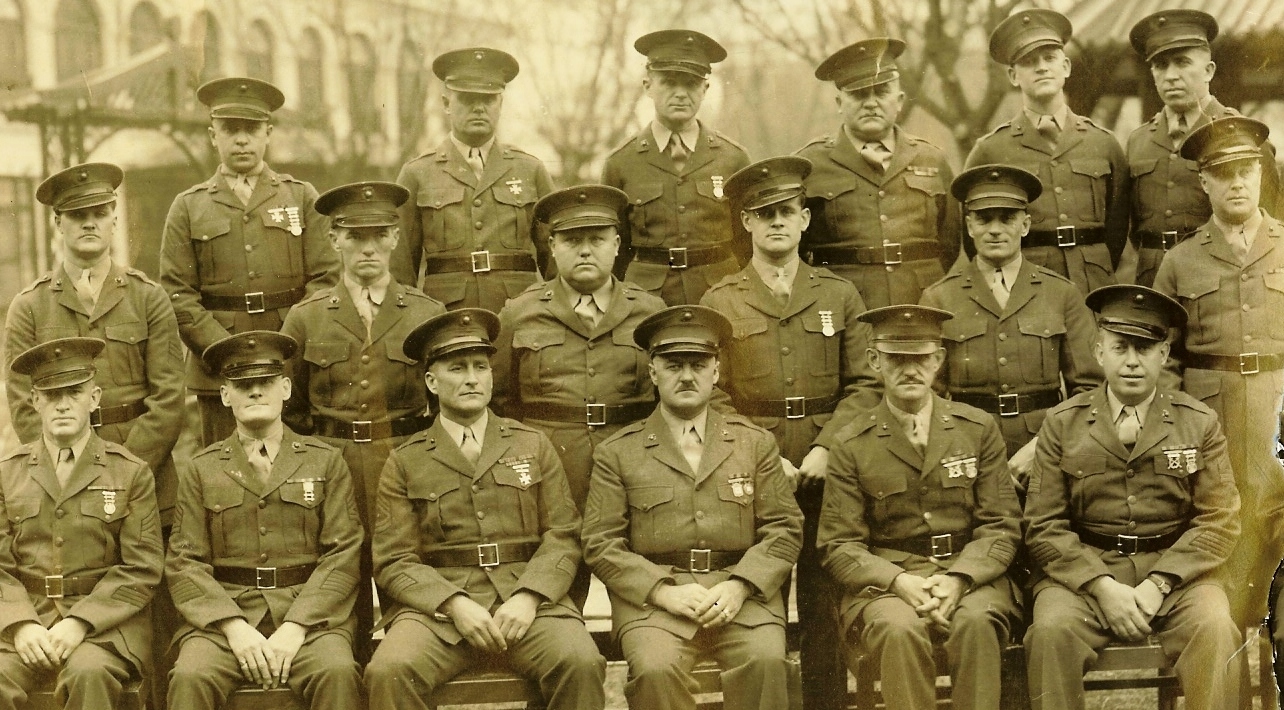
A detail from a formal portrait of the NCO's of the Marine Detachment, US Embassy Peiping. c.1939.
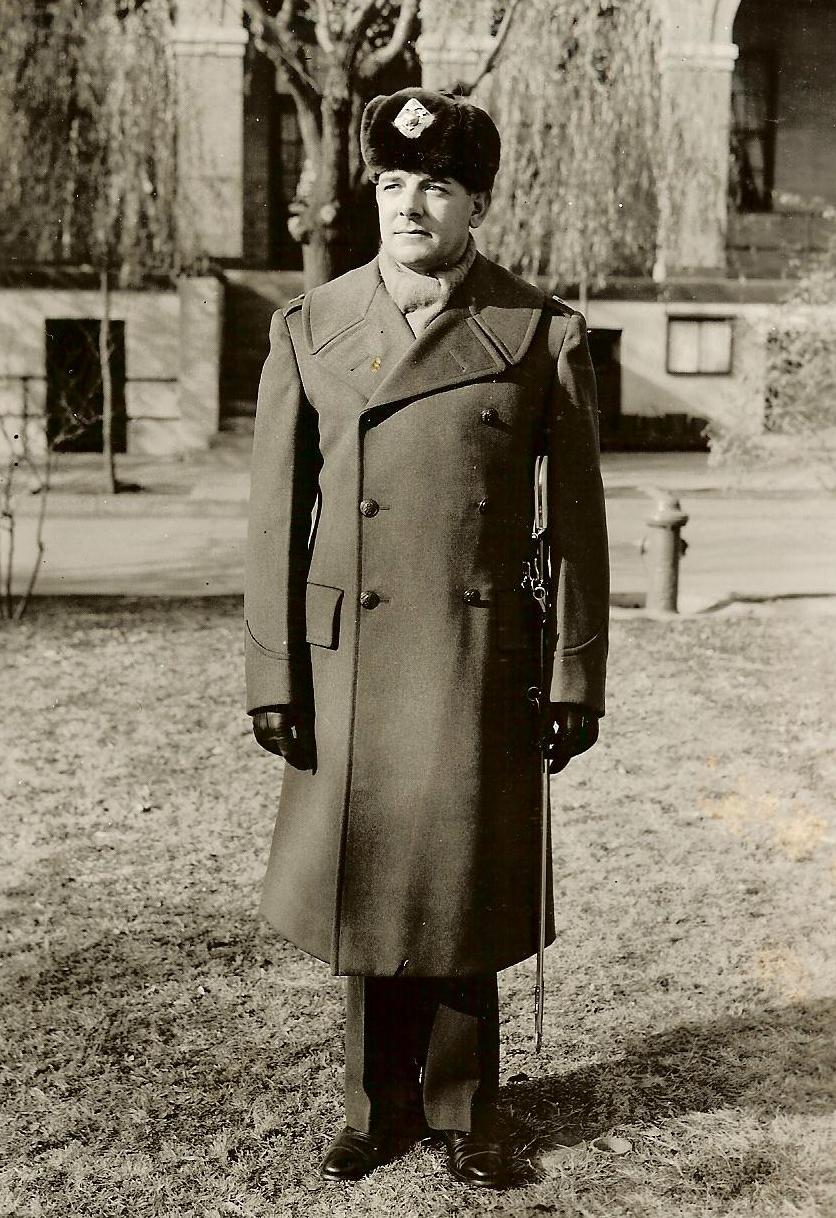
Capt Paul Drake, Commander, Company B, Peiping
.jpg)
Pvt Harold Moore, Peking 1940
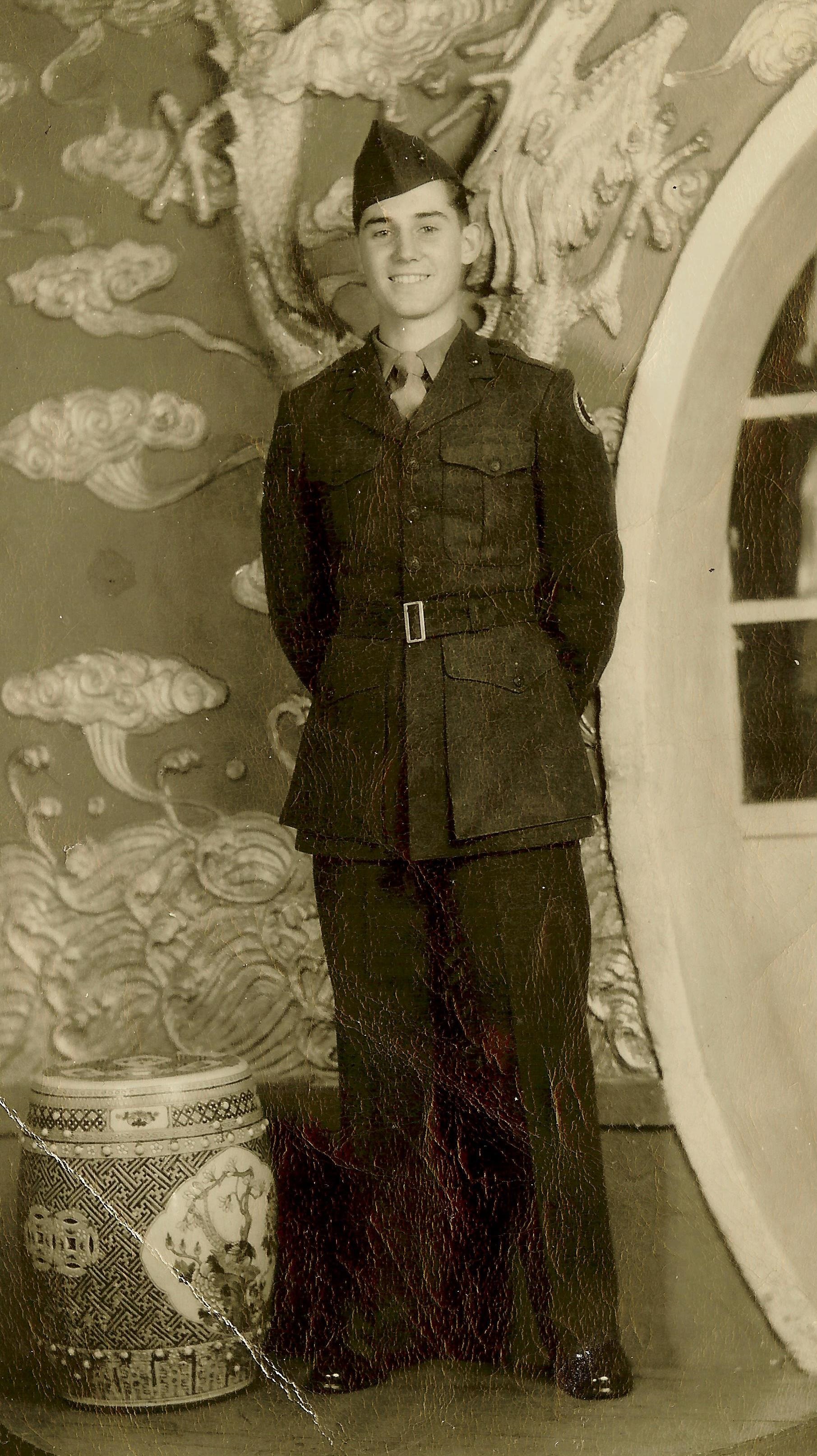
Pvt Arthur R. Chamberlain, Tsingtao, January 1946.

CPL Edgar Clark, Tsingtao Photo Studio, c.1947-48